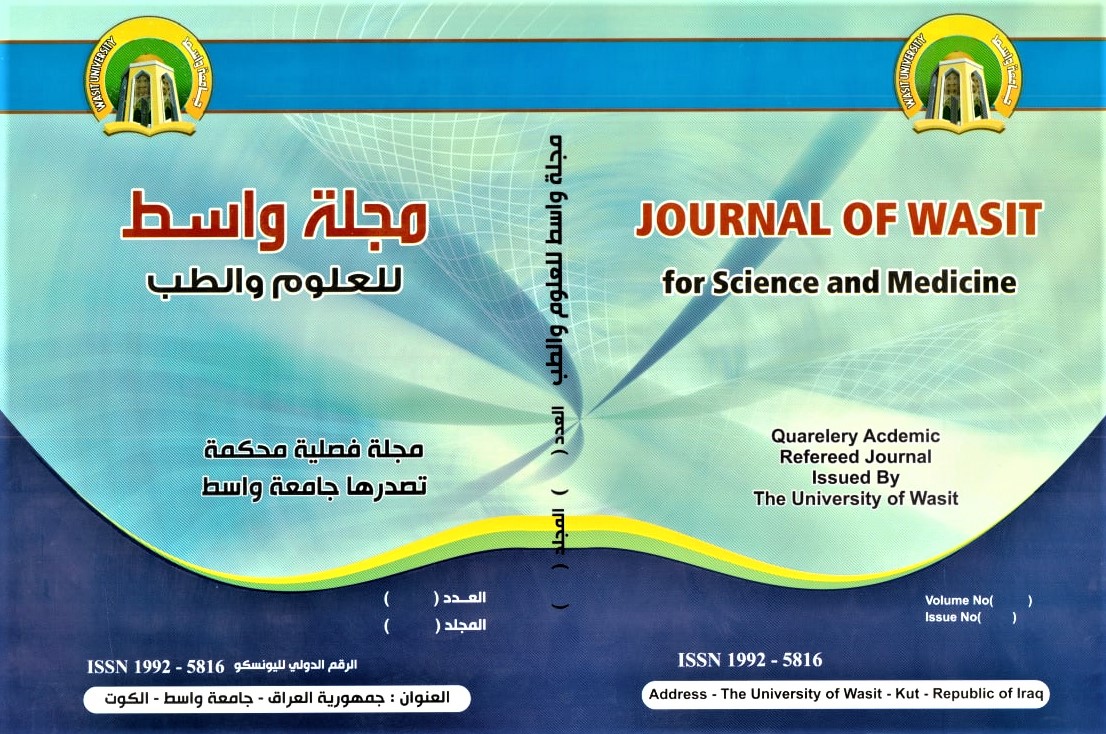Abstract
This study was conducted to evaluate the efficiency of Bell’s parameter for evaluation Trichodermaspp. Antagonistic activity . Six isolates of Trichodermaspp. ( 1 , 14 , 21,26 , 28 ,3 2 ) with different antagonistic activities were subjected to antagonistic test against Macrophomina phaseolina(Tassi) Goidat laboratory conditions . Based on Bell’s Scale isolates 21 , 28 showed the highest antagonistic activity (1.1 ,1.4 ) , isolates 2 and 26 showed moderate antagonistic activity (2.6 , 2.35 ) while isolates 14 , 32 showed the lowest antagonistic activity (3.0 , 3.65) respectively . The same isolates also subjected to greenhouse and field evaluating using Saesame as ahost plant , results revealed that the isolate 28 with highest antagonistic activity in lab. Test (1.4) showed low antagonistic activity at greenhouse and field experiments and the disease severity was o.67 , 0.22 respectively while the isolate 32 which showed lowest antagonistic activity in lab. Test showed high antagonistic activity at greenhouse and field experiments and the disease severity was 0.44 , 0.23 respecttively . This results has been indicated that there is uncompatibility between the results obtained according to Bell’s parameter and that of greenhouse and field evaluation and there is more than one mechanism that play an important role in antagonistic activity of Trichodermaisolates .
